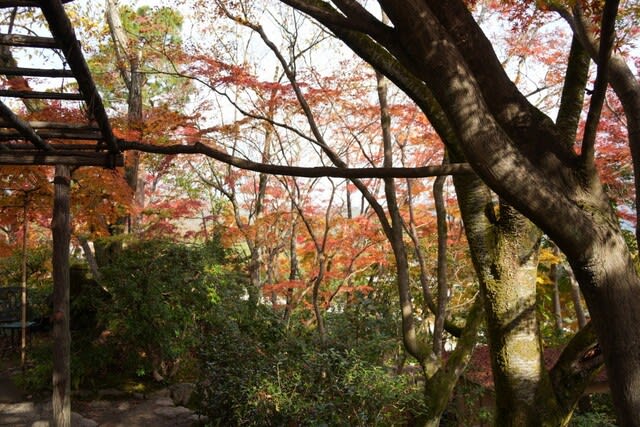The following is from Masayuki Takayama's serialized column that marked the end of Weekly Shincho, which was released on November 17th.
This article also proves that he is the one and only journalist in the postwar world.
It is a must-read not only for Japanese citizens but also for people worldwide.
Exclusively for China and Korea
Nippon Ham's new baseball stadium in Kitahiroshima City, Hokkaido, Japan, was almost completed and was unveiled with great fanfare the other day.
However, the distance from the home field to the back net was only 15 meters, even though it is required by baseball rules to have a distance of at least 18 meters from the home field to the back net.
It was 3 meters narrower than other stadiums, making it impossible to catch a catchable catcher's fly.
But it's impossible to move the spectator seats behind the back net to the rear now, so should we bend the rules and open the stadium next spring as planned?
It will be a struggle for a while, but then again, who could have drawn such an irresponsible blueprint?
In fact, a story similar to this one occurred half a century ago.
Back then, I was a member of the press club of Haneda Airport, the main gateway to Japan.
At that time, Haneda had two 3,000-meter runways and one crosswind runway.
It was, after all, the front door to an economic powerhouse. Airlines from all over the world were flying into Haneda.
Airlines wishing to fly into Haneda were also lining up, but it was also a time when environmental issues were becoming a significant concern.
Aircraft noise was also a significant issue, and although international airports were required to operate 24 hours a day, Haneda was prohibited from nighttime arrivals and departures.
The Pacific route, the Polar route over the North Pole, and other long routes required refueling and crew changes.
If night departures are prohibited, making a quick return trip is impossible. The plane will inevitably stay overnight at Haneda. Same for domestic flights. Airlines don't fly at night.
Frank Nagai sang, "Departure from Haneda at 7:50 a.m.," which was, I believe, the last flight to Osaka in those days.
As a result, Haneda was overflowing with planes spending the night, and due to a parking space shortage, one parallel runway had to be closed down.
Japan's primary gateway to the country was in ruins, with only one runway depending on the direction of the wind.
So the Ministry of Transport finally took action; the ocean was right in front of Haneda.
If you fill it up, you can save the trouble of acquiring land and create as many runways as you like.
In fact, Haneda later expanded offshore to build two runways. Still, at the time, a certain Takahashi, the director of the Civil Aviation Bureau, lied with a straight face, saying, "The sludge is too deep for reclamation.
The Civil Aviation Bureau then decided to use the Sanrizuka Imperial Farm as the site for the new airport without even informing His Majesty the Emperor of Japan.
The site is located 70 kilometers from the center of Tokyo. So why would they force the construction of a new airport in a highly inconvenient place?
The reason was a joke.
Airports always include a terminal building, and in the case of Haneda, the concessionaire for the terminal building, which provides duty-free stores for international flights, is the Japan Airport Terminal Building Co.
The concessionaire, directly controlled by the Ministry of Transport, was headed by a former director general of the Civil Aviation Bureau.
Haneda has become too small, and the only company that will benefit from the reclamation of land off the coast of Haneda is the Japan Airport Terminal Building Co.
Building a separate airport will create another terminal if that is the case.
In other words, it would create one more tasty, decent post. So, they built an airport at Narita, saying they could not make an airport off Haneda.
Fortunately, a second terminal building was built, and the former director of the Civil Aviation Bureau took over the post.
He did not care whether it was inconvenient for passengers or not.
In addition, there was the Narita Struggle.
It all started when a site for taxi lights at both ends of the runway was not included in the design drawings.
The designer was a railroad engineer who drew up the plans without research, thinking they were for a station platform.
It was a simple design error, just like the Nippon Ham Stadium. Still, unlike the Nippon Ham Stadium, when we went to acquire the land, we found that the Zenkyoto had already built the Yokobori Fortress.
In the 44 years since then, many police officers have been killed, and Narita has called itself the front gate to Japan, even today, with the Zenkyoto's base of operations remaining on the site.
However, when government officials became aware of the audacity of the Narita relocation, the demand for Haneda as the front gateway to Japan grew louder.
Now, in addition to the existing poor international terminal, a new full-scale international airport has been constructed at Haneda.
Although the operation is a little ahead, Haneda is still suitable for the front door.
What will Narita do?
It would be good to make it a dedicated terminal for cargo flights and China and South Korea, which are conducting anti-Japanese education.



















